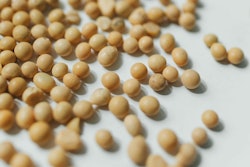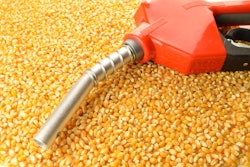
Report by Jim Roemer - Meteorologist - Commodity Trading Advisor - Principal, Best Weather Inc. & Climate Predict - Publisher, Weather Wealth & Climatelligence at barchart.com.
- China lockdowns
- Russia’s war on Ukraine
- Fluctuating price moves of the U.S. dollar
- Collapsing cryptocurrencies
All of the above have played a role in the commodity markets… and, of course, the greatest role has been played by the weather.
Even in the face of the Argentina drought for corn, the worst December Plains wheat crop in at least 20 years plus the historic summer European drought that greatly reduced their 2022 corn crop, grain prices are reacting to worries over the demand side of the equation.
Weather plays a critical role
The weather will be taking much more of a critical role in the grain markets. Many commodity traders are already trading the ebb-and-flow of the changing weather patterns for the natural gas market and closely following the fate of the coffee crops in Vietnam, Colombia and Brazil.
They are:
- East-based La Niña
- A major warm block north of Greenland - strong negative NAO index
- Stratospheric warming, 20 to 30 miles above the earth’s surface
Impact of the weather on global commodity markets
- For a continuation of our forecast two months ago for a slightly colder-than-normal December for eastern U.S. energy areas
- The easing of the European drought and major heat waves with a cold December
- A potential continuation of the Plains wheat drought until next spring when it may ease.
- A deepening drought for Argentina's corn and soybeans
- (Finally) good crop prospects for Brazil's soybeans
Roemer offers market recommendations in his a twice-weekly newsletter, Weather Wealth. Click here for more information.

















